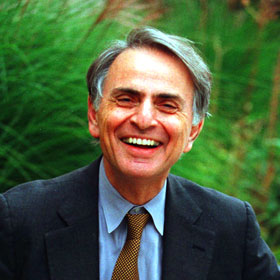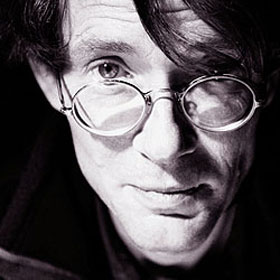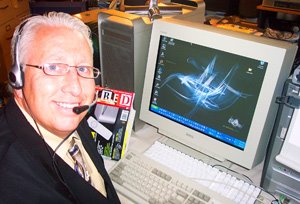Vision Ary!
When David Green is asked how many people benefit from his work to make cataract surgery affordable in the developing world, he guesses "about 6 million". His approach is startingly simple: Enlist leading scientists to reduce the cost of technology, then price the results on a sliding scale.

The WHO (World Health Organization) estimates 55 million people are functionally bilaterally blind worldwide, and an additional 110 million have low vision and are at risk of becoming blind.The largest portion of these patients are blind due to cataracts—a condition where the natural lens of the eye becomes cloudy and must be removed and replaced with an intraocular lens (IOL) to restore vision.
Although premium quality sight-restoring IOLs are readily available for around $100-$150 each, this price is well outside the grasp of the 4 billion people who make under $2 per day. Project Impact has addressed this problem through the development and deployment of a premium quality intraocular lens which can be produced for under $3 using a Project Impact designed production line in India at Aurolab.
Five or ten years from now, the world will recognize David's work as one of the leading examples of melding business models and social good!
Note from Technophile: Four billion people have a per capita income of less than $1,500, the minimum considered necessary to sustain a decent life. A billion people make less than $1 per day. Globally, the income gap between rich and poor is growing: the richest 20% account for 85% of income. The extreme inequity of wealth distribution reinforces the view that the poor cannot participate in global economy, even though they are majority of population. The work of Project Impact and its partners has been seminal in demonstrating viable business models for making medical technology and services affordable to the poorer two-thirds of humanity. Instead of dealing with the growing income disparity, this work focuses on the ‘pricing’ disparity’ where goods and services that provide basic human needs, like sight or hearing or life itself, are receding further from the reach of the poor. The success of Aravind, Aurolab and other eye care programs has proven that the poor can be a profitable market, provided there is not the traditional pursuit of high margins; in their model, profits are driven by volume and capital efficiency. As Green expands his model to other applications, his efforts may overhaul a system that stubbornly values money over basic human needs.:: Source: [Project Impact]
:: Image Credit: Emin Ozkan, Turkey
:: Innovation: Making basic human needs - vision, hearing, health, even life itself available to the World's poor humans by combining technology, volume, and capital efficiency.




















0 Comments:
Post a Comment
<< Home